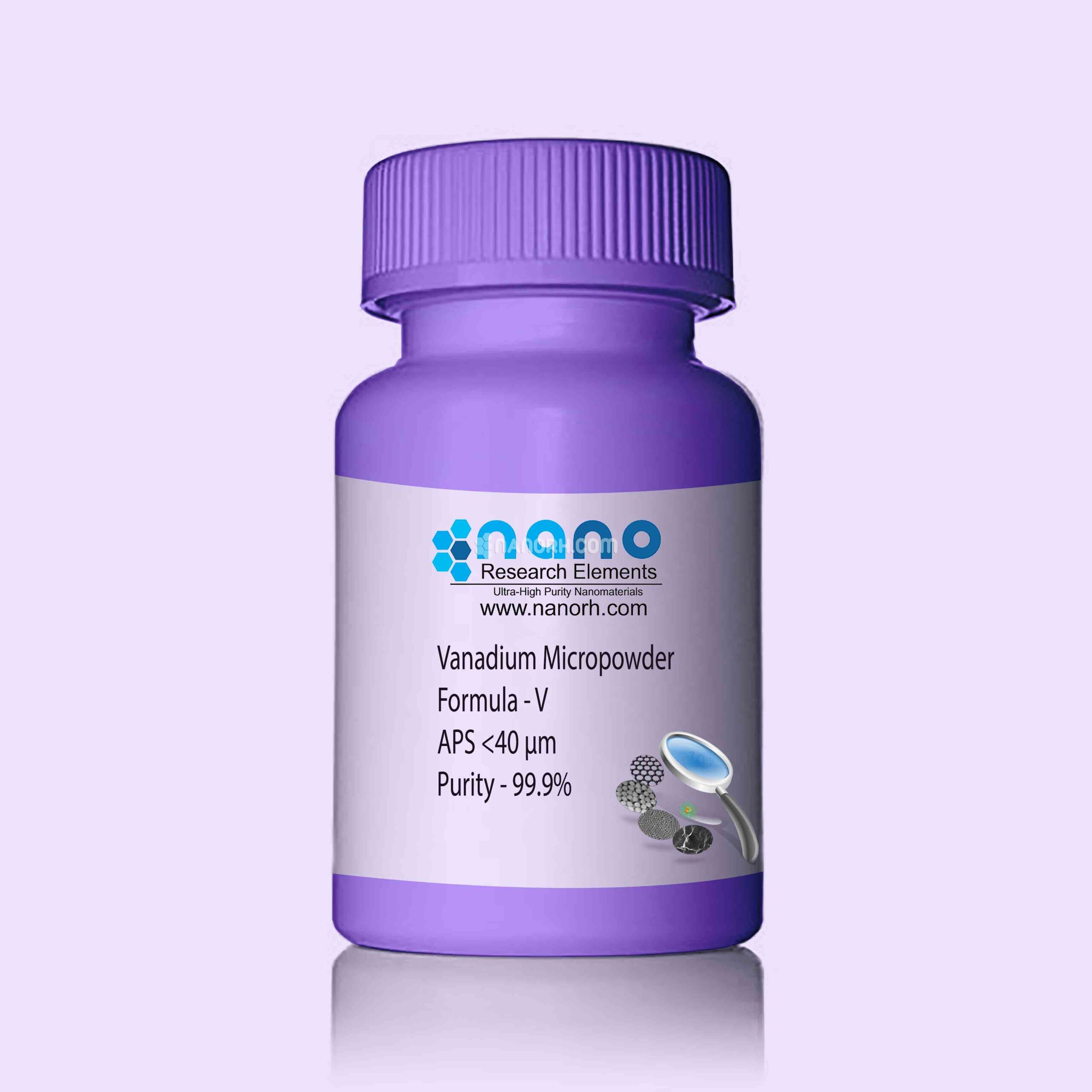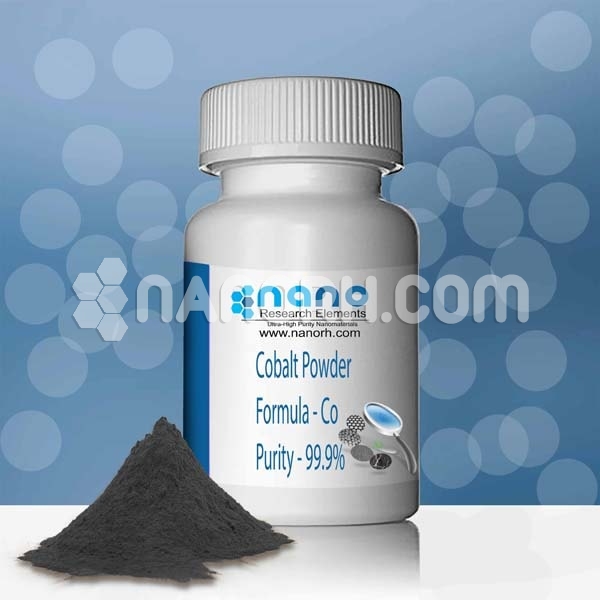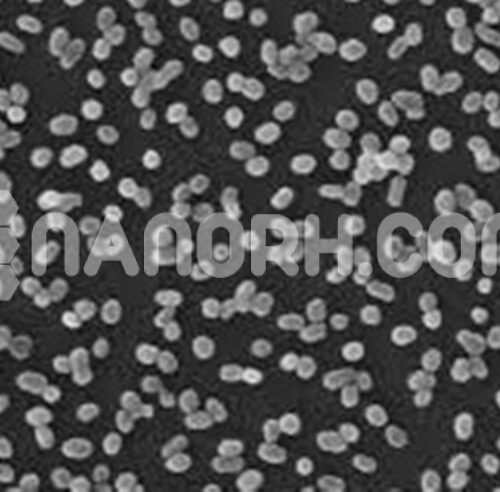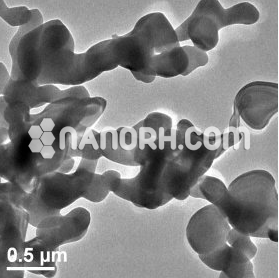| Vanadium Metal Powder | |
| Product No | NRE-8054 |
| CAS No. | 7440-62-2 |
| Formula | V |
| Molecular Weight | 50.94 g/mol |
| APS | <25um(can be customized) |
| Purity | 99.9% |
| Density | 6.11 g/cm3 |
| Color | Gray |
| Melting Point | 1910 °C |
| Boiling Point | 3407 °C |
Vanadium Metal Powder
Vanadium powder, a fine and versatile form of vanadium, has various applications owing to its unique properties. Vanadium is a transition metal with a high melting point and excellent structural strength, making it valuable in a range of industries. Here are some of its key applications:
Steel Production: Vanadium is commonly used as an additive in steel production. It imparts desirable properties to steel, such as high strength, toughness, and resistance to corrosion. Vanadium steel finds applications in critical components like axles, crankshafts, gears, and other structural components in the automotive and aerospace industries.
Chemical Industry: Vanadium compounds find use as catalysts in the chemical industry. They facilitate various chemical reactions and are essential in the production of sulfuric acid, phthalic anhydride, and maleic anhydride. Additionally, vanadium pentoxide is used in the production of ceramics and as a catalyst in the oxidation of sulfur dioxide to produce sulfur trioxide, an essential step in the manufacture of sulfuric acid.
Energy Storage: Vanadium is utilized in vanadium redox flow batteries (VRFBs), which are a type of rechargeable flow battery that can be used for large-scale energy storage. These batteries are known for their long lifespan, high energy density, and ability to retain their capacity over many charge-discharge cycles. Vanadium’s ability to exist in multiple oxidation states makes it suitable for use in energy storage applications.
Aerospace Industry: Vanadium’s strength and heat resistance make it a valuable component in aerospace applications. It is used in manufacturing components that require high strength-to-weight ratios, such as jet engines, airframes, and other critical parts of aircraft.
Biomedical Applications: Vanadium compounds have exhibited potential in the field of biomedicine. Some studies suggest that vanadium compounds might have insulin-mimetic effects and could be beneficial in the treatment of diabetes. However, research in this area is ongoing, and the use of vanadium in biomedical applications is still in the experimental stages.
Ceramics and Glass: Vanadium compounds are employed in the production of ceramic and glass pigments, imparting vivid colors such as green, blue, and violet to various glass and ceramic products.




